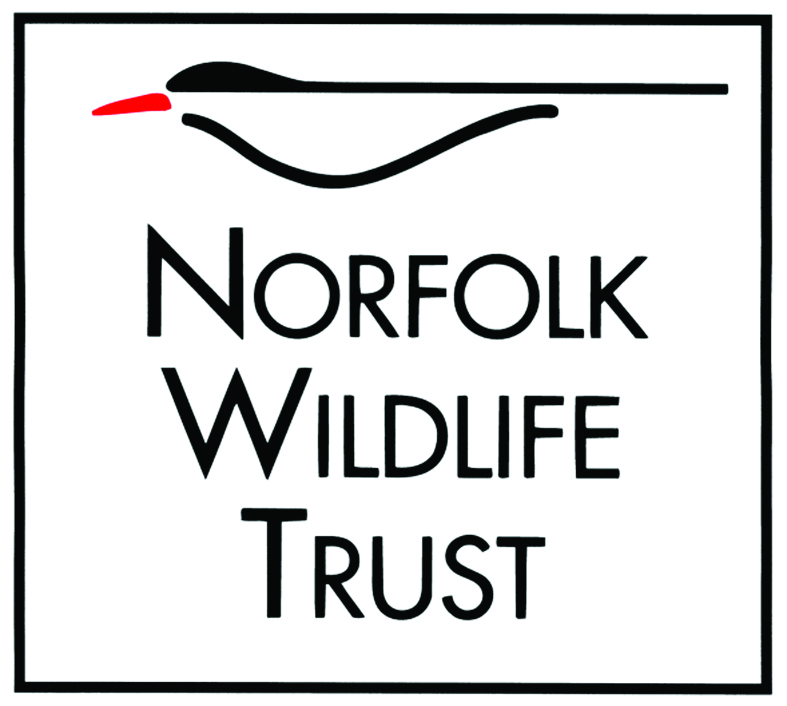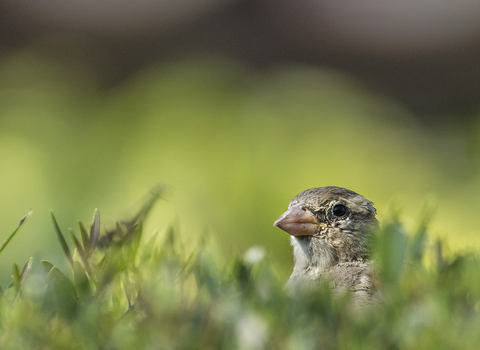Recording wildlife is an easy way to get involved in wildlife conservation. It helps to monitor wildlife across the county to understand the distribution of animals and plants in Norfolk. Your records can help us locate areas which are especially important for wildlife and identify species in decline or under threat.
Each season we ask you to help Norfolk's wildlife by sending us your records of three species. You don't have to be an expert – all you need to do is tell us when and where you encounter them. This could be through seeing – or hearing – the species! Use the form below to submit your sighting online.
Winter 2024
Winter is a great time to go out in search of ducks. Ducks are part of the ‘waterfowl’ family which also includes geese and swans. They vary greatly in plumage, and when viewed closely through binoculars the intricate patterns can be quite breath-taking.
This winter we are asking people to ‘duck outside’ and go in search of these three species of duck:
- Pochard
- Pintail
- Wigeon
So, why not this winter visit a local wetland and help us put these ducks on the map by submitting your records below?
Why share your sightings?
Norfolk is a hot bed for seeing wintering waterfowl. During December, January and February our resident duck numbers are increased by birds choosing to spend the winter here from other parts of the world, making Norfolk a great place to get to grips with identifying many different duck species. Pochard, pintail and wigeon hold a UK conservation status of either red or amber listed. With red listed being globally threatened, having seen a rapid decline in recent years, and amber species being in unfavourable conservation status in Europe.
Is there any point in sharing sightings of common species?
The answer is definitely yes, if only for the reason that if they are not recorded how do you know they are common? Common species may have interesting distributions or habitat preferences, and in any case they may suddenly become less common. Furthermore, by becoming familiar with common species the less usual become more obvious – and an interest can develop.
How to spot a pochard
The pochard is a diving duck and feeds on plant seeds, waterweed, snails and other aquatic invertebrates below the water's surface. The once-common pochard is now under threat because its populations are declining rapidly. The UK is an important winter destination for this beautiful duck, with 48,000 birds visiting our wetlands and coasts.
How to identify
The pochard is a plump, grey diving duck. The male has a chestnut head and a black chest and rear end. The female is a darker, duller grey-brown.
Did you know?
- As with many duck species, male (or 'drake') pochard moult their colourful feathers when the breeding season is over, and go into 'eclipse' plumage - a mottled grey-brown, just like the female (or 'hen'). This helps to camouflage them from predators.
- Pochard ducks are monogamous and produce 1 brood a season.
- One nest site can be home to two females and can have up to 22 eggs in it.
How to spot a pintail
The pintail is an uncommon dabbling duck, which rarely breeds in the UK and is most likely to be seen during the winter when it can be found with other ducks. Larger numbers gather on selected sheltered estuaries, such as the Wash. Like all dabbling ducks, pintails feed at the surface rather than diving for their food.
How to identify
The pintail is easily distinguished by its long, pointed tail feathers. Males have a chestnut-coloured head, white neck and grey body, while females are mottled brown with smaller, pointed tails. Pintails also have a long, graceful neck.
Did you know?
- The oldest pintail was recorded as living to 27 years of age! Normally, these ducks live for an average of about three years, breeding after a year.
- Pintails will lay up to nine eggs in a concealed nest on the ground, some distance from the water.
- Pintails have earned the nickname ‘greyhound of the air’ due to their slender form and swift flight.
How to spot a wigeon
A common dabbling duck, the wigeon is a winter visitor that gathers in large numbers, particularly on wet grasslands, floodplain meadows, flooded gravel pits and reservoirs with gently sloping edges where they can easily get out onto the grassy banks. They can be spotted dabbling in close-knit groups or flying in tight formations over wetlands.
How to identify
The wigeon is a medium-sized duck with a round head and short bill. Males are grey with a pink breast, orange head, yellow forehead and obvious white wing patches that can be seen when they fly. Females are similar to mallard females, but with rusty brown plumage and a pointed tail.
Did you know?
- Like other ducks, wigeon will sometimes mate with other species to produce hybrid young. This includes the closely related American wigeon, but also mallards and gadwalls.
- The species got its scientific name penelope from Greek Mythology, after Odysseus’ wife, was rescued by a duck when she was thrown into the ocean.
- The oldest known Eurasian Wigeon lived to be 35 years and 2 months old.
We want to take good care of your information!
We will keep your details secure at all times. We will use your details to process and respond to your submission of information.
Norfolk Wildlife Trust (NWT) and Norfolk Biodiversity Information Service (NBIS) are working together under a Data Sharing Agreement to process the records from this project and may securely share your details with each other for this purpose only. For more information, you can contact either of us for details of our full Privacy Policy.
If you wish to receive any further information from Norfolk Wildlife Trust, please opt in by visiting our ‘Update your preferences’ page. We never sell or share your details with any other third party for their own use.
This is our summarised privacy notice. You can view our full privacy policy below, or contact us for a postal copy.
Layers
Thank you for taking part!
Have you seen any other wildlife?
Please share your wildlife records with Norfolk Biodiversity Information Service.




